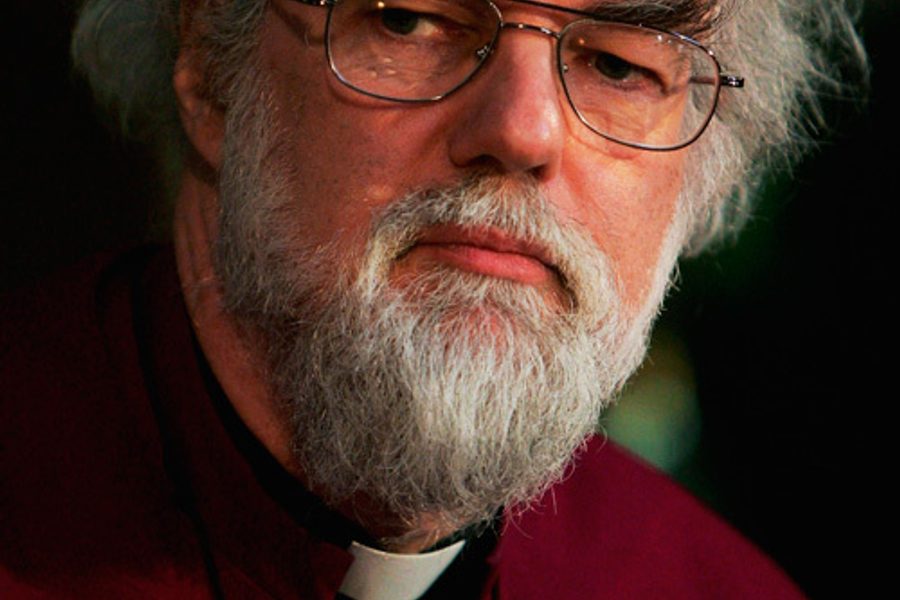
Oh, hear me Lord, I’m praying still / But if you won’t, our union will / Put porkchops on the bill of fare / And starve no workers anywhere / Amen.
—The Lumberjack’s Prayer, by T-Bone Slim
The core message of the union movement is that your boss is not God. But what if your boss is literally the Almighty?
“In recent years I have seen more and more to disturb me. Clergy isolated, abused, bullied and abandoned,” wrote Ann Atkins, the wife of a former Church of England vicar, in an op-ed published in the Times Online this week. “’Working for God’ when they seek protection; but accountable to man when the budget is squeezed.”
Believing that the Lord helps those who help themselves, some vicars in the UK are turning to a union to defend their rights at work.
The faith workers branch of Unite, Britain’s largest union, has about 2,500 members including vicars, rabbis, imams, and lay workers. The branch doesn’t try to organize the church the way Unite might organize a mine or a factory. Instead, it lobbies to extend basic employment rights to faith workers and advocates for members in their disputes with church authorities.
So far, about 150 ministers and clergy, including an Anglican bishop, have sought job protection after joining Unite. They say they are seeking protection from a “culture of bullying” within their denominations. Most of those who have sought help are vicars in the Church of England.
Unite has set up a hotline for faith workers facing harassment and intimidation on the job.
The Archbishop of Caterbury has publicly acknowledged that bullying is an issue within the church, but that’s not enough for Unite.
Unite has rallied behind Rev. Mark Sharpe, who resigned in October over an alleged bullying campaign by parishioners who didn’t like how he was handling the church’s finances. Sharpe says he was subjected to a four-year “campaign of hate” during which his driveway was strewn with broken glass, his car was smeared with excrement, and his dog died under mysterious circumstances.
Sharpe maintains that the church authorities didn’t give him the backing he needed in the face of work-related intimidation. Unite has called for two bishops to resign over their handling of the Sharpe case. The Church is investigating the allegations. An employment tribunal is scheduled to hear Sharpe’s case this spring.
Bullying isn’t the only job issue facing the UK’s faith workers. Like many employers, the Church of England resists acknowledging workers as employees. In 2004, the church announced plans to grant limited employment rights to clergy, but vicars still don’t enjoy the full protections afforded to other employees in the UK.
The church classifies most clergy as self-employed “office holders” rather than employees, a legal designation that gives them fewer rights at work. Vicars have no recourse if they are terminated unfairly and they work outside the protection of occupational health and safety laws.
Unite wants to put faith workers on the same legal footing as other employees. But Church elders claim that pastors don’t want legal rights because they see their work as a calling, rather than a job. (That argument should sound familiar to anyone who has followed battles to unionize healthcare professionals.) As Saturday Night Live’s Church Lady would say, “How convenient.”







